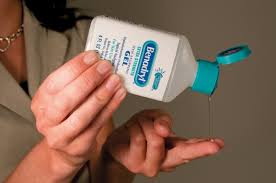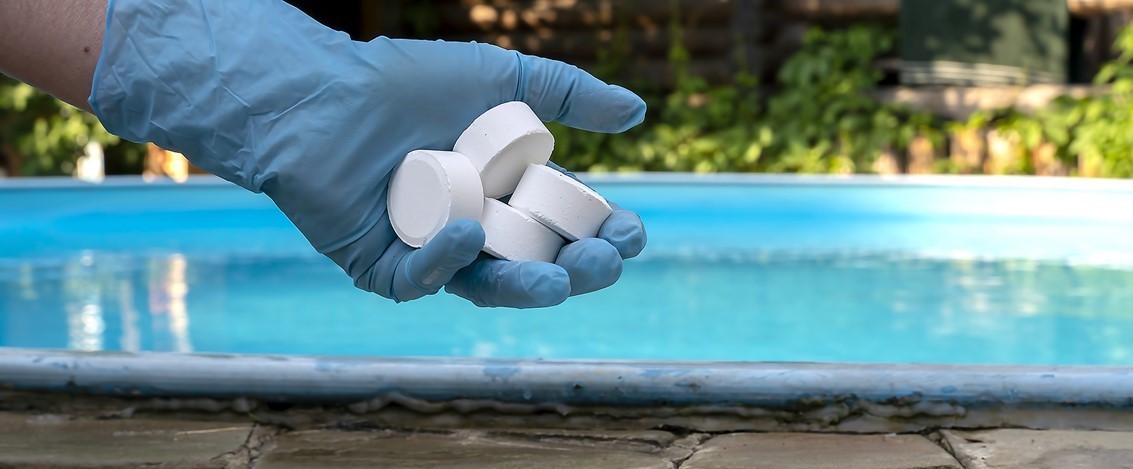

Although swimming pools require adequate levels of chlorine to kill bacteria, it is still a strong chemical agent that can dehydrate and irritate the skin.

Chlorine rashes frequently develop on people who are exposed to high amounts of chlorine (like swimmers), but they can appear on anyone who has a sensitivity to the chemical. The most common type of rash is caused by chlorine.
#Chlorine rash vs swimmers itch skin
Rashes are common skin irritation when you spend time in a swimming pool. Over-the-counter antifungal medications are usually sufficient to clear up the infection. No matter where you’re swimming, dry your feet and the spaces between your toes when you get out of the water. If you are swimming in a public pool, wear flip-flops on the pool deck and in the locker room. Athlete’s foot is contagious and can be spread via an infected person, towels and clothing. Fungi likes to grow in warm, damp areas, like the perimeter of a swimming pool and pool deck. It’s characterized by a cracked, scaly rash that itches and burns. The rash can also spread to your hands and fingers. Athlete’s foot is a fungal infection that commonly develops on the feet, in between toes, and under toenails. One common skin danger that lies in wait in and around swimming pools is athlete’s foot. Whether you’re diving into the local community pool or floating peacefully in a private home pool, make sure you’re taking certain precautions to keep your skin free from irritation.īelow, we’ve listed common skin issues that may be lurking around your swimming pool this summer: Fungal Infections As the heat rises during summer, you may want to spend all your free time at the swimming pool.


 0 kommentar(er)
0 kommentar(er)
